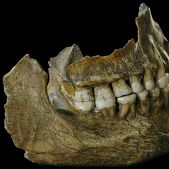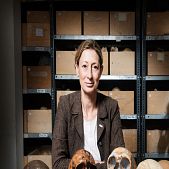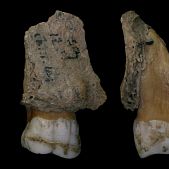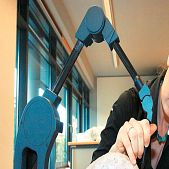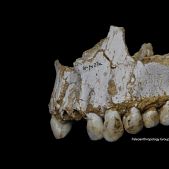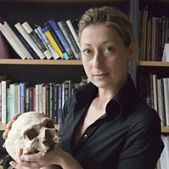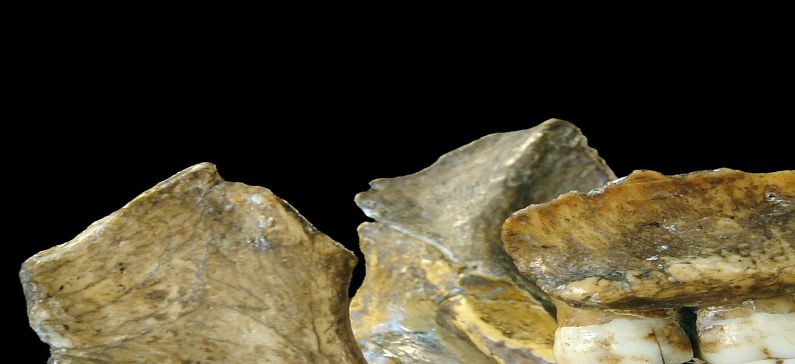
Neanderthals used penicillin and natural antibiotics
New research from the University of Adelaide research has found Neanderthals cleverly concocted plant-based painkillers and antibiotics. Hardened plaque harvested from Neanderthals is loaded with genetic material from plants and animals these prehistoric hominins ate, as well as remnants of microbes that reveal a surprising amount about how they lived and even what made them sick. In the research participated a Greek scientist. The study was a collaboration between University of Adelaide’s Centre for Ancient DNA, the university’s dental school, and the University of Liverpool in the UK.
Professor Katerina Harvati heads the Paleoanthropology working group at the Institute of Prehistory and Medieval Archaology and the Senckenberg Center for Human Evolution and Paleoenvironment. She is a leading authority on human evolution, using the latest analytic methods – such as virtual anthropology. Her research focuses on the paleobiology of Neanderthals and the origins of modern humans.
The study was published in Nature journal and analysed ancient DNA found in dental plaque of Neanderthals to learn more about their lifestyle, behaviour and diet. The researchers compared samples from four Neanderthals found at the cave sites of Spy Cave in Belgium and El Sidron in Spain. The four samples were between 42,000 and 50,000 years old, which scientists claim is the oldest dental plaque to be genetically analyzed.
University of Adelaide’s lead researcher Professor Alan Cooper says one of the most surprising finds was that our extinct ancestors could make natural medicines.
The Belgian individuals ate a heavily meat-based diet, indicated by DNA from wooly rhinoceros and wild sheep. Meanwhile, the Spanish Neanderthal seemed to have eaten mostly vegetable material, including moss, pine nuts, and mushrooms. Perhaps more intriguing, though, were the microbial riches Weyrich’s team found preserved in the calcified plaques: The team recovered DNA from these prehistoric individuals’ microbiomes, communities of bacteria and fungi living on and inside their bodies.

